Following is the partial code. I am trying to understand what "add" does. Why is the output of Add layer (None, 38, 300) when adding two inputs with different shapes here?
Following is the code in Keras.
image_model = Input(shape=(2048,))
x = Dense(units=EMBEDDING_DIM, activation="relu")(image_model)
x = BatchNormalization()(x)
language_model = Input(shape=(MAX_CAPTION_SIZE,))
y = Embedding(input_dim=VOCABULARY_SIZE, output_dim=EMBEDDING_DIM)(language_model)
y = Dropout(0.5)(y)
merged = add([x, y])
merged = LSTM(256, return_sequences=False)(merged)
merged = Dense(units=VOCABULARY_SIZE)(merged)
merged = Activation("softmax")(merged)
